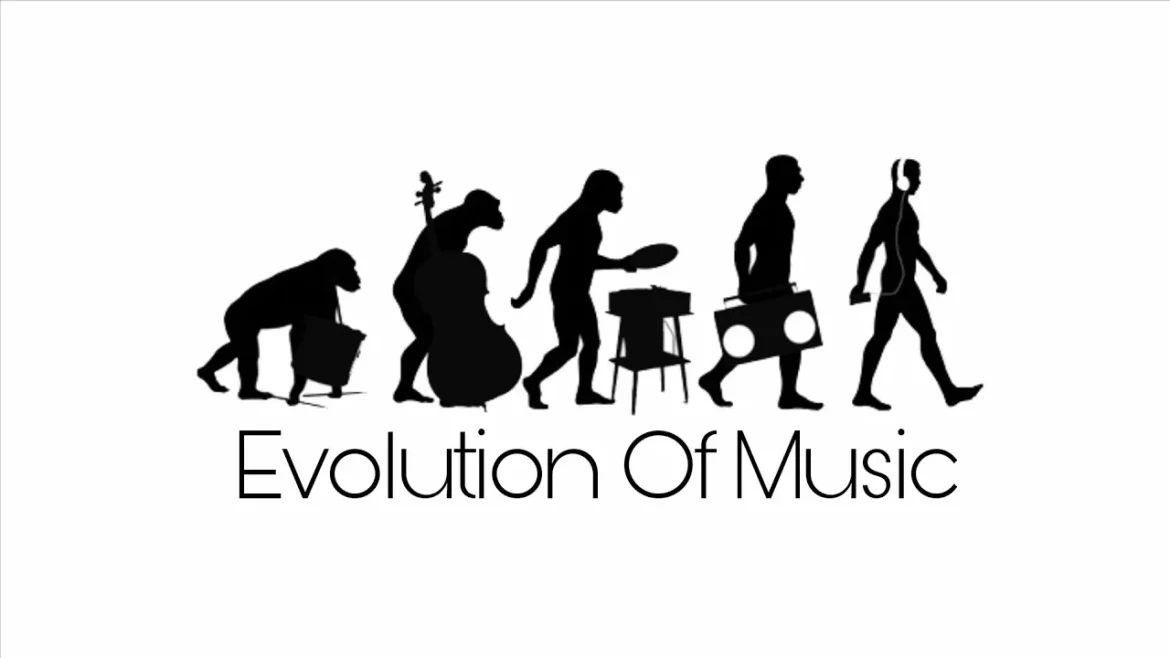Educational institutions and cultural organizations are contributing by documenting and archiving traditional music. Digital libraries and interactive databases allow researchers, students, and music lovers to study these art forms in detail. Such preservation efforts ensure that even if certain styles fall out of regular practice, they remain part of the cultural record.
Advertisement
In conclusion, traditional music today exists in a dynamic space where preservation and innovation meet. While there is a risk of cultural homogenization, there is also unprecedented potential for revival and cross-cultural appreciation. The challenge—and opportunity—lies in finding ways to respect the integrity of traditions while allowing them to resonate with contemporary audiences. In this way, traditional music can remain not just a relic of the past, but a vibrant, living part of our shared global heritage.

